Positioning yourself at the net is not easy at padel. But it is even more complicated to reach this offensive position. Here are some ideas that might help you conquer the net without putting yourself in danger.
Playing a volley may seem simple but it is not so easy. There exists the construction flight, the offensive volley, the finishing volley, the blocked volley, the counter volley, in short you will have understood it, a large number of volleys, and… the transition volley.
What is the transition volley?
To put it simply, it is a volley that is used to pass from the defending zone to the attacking zone or, in other words, from the back of the court to the net.
It should not be confused with a volley made by moving backwards towards the bottom of the track, used to keep the ball in play, which we could call emergency. The transition volley, on the contrary, is carried out by advancing, to push the opponents towards the rear windows and thus take the offensive in our turn, without hurrying.
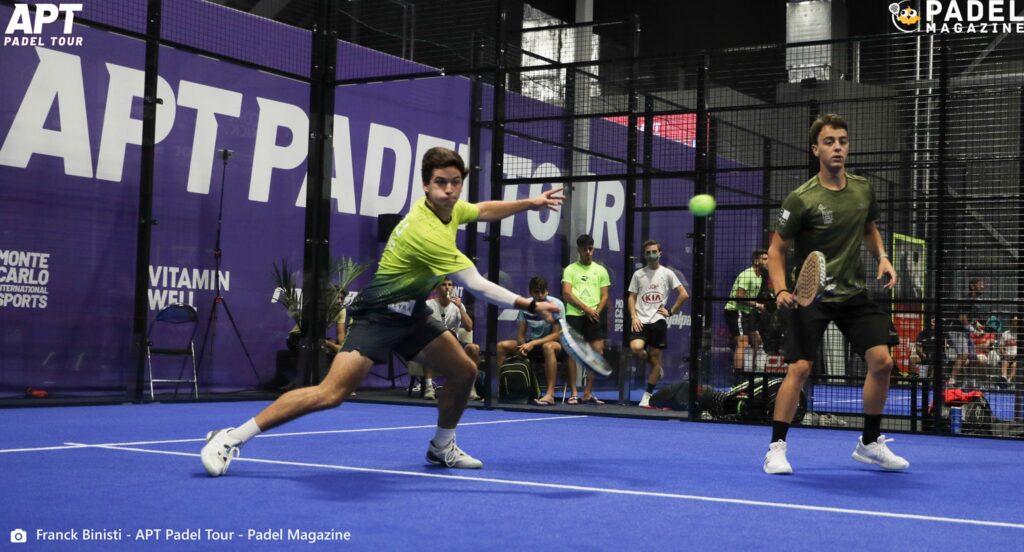
The most common mistakes
- Hurry. Getting to the net quietly is a tactic like any other. Don't think like a tennis player who allows himself no stops in No Man's Land. The transition volley is used to take your time.
- Speed up the game. In the transition phase we can't think of winning the point but rather of repelling the players in front of us.
- be aggressive. This is one of the most common errors. We believe that because we play a volley, we have to be aggressive. Completely the opposite. With this transition volley, we must favor precision, control, to complicate the shot that the opponents will have to play.
- Jump on the ball. When we are close to the net, we can “throw” on the ball to volley it. But the further we are, the more we have to wait for the ball and use our body weight.
The technique
It exists at padel several ways to play a volley. The first thing, and certainly the most important, will be to be stopped before the opponents touch the ball for your recovery. If when the opposing players touch the ball you are still moving, you can be sure that your volley will be average or even that you will commit a fault.
As stated above, the further we are from the net, the more we will have to wait for the ball and use our body weight to gain control and power, this is the 50/50 volley. For this shot, we will stay suspended, right foot in the air for a left-handed forehand volley or right-handed backhand volley. Lifting this foot will allow us to transfer the weight of the body forward and simply impart a little more speed to the ball.
At the moment of impact with the pala, we will come to put the foot on the ground for a 50/50 volley, the perfect balance between power and control. It is by using this type of shot that we will manage, little by little, to reach this ultimate zone which is the net.
Beginners or confirmed players do not hesitate to try and put into practice this transition volley which will make you discover new shots and new game tactics.
Julien Bondia is a teacher of padel in Tenerife (Spain). Columnist and advisor, he helps you play better through his tutorials and tactical/technical articles padel.




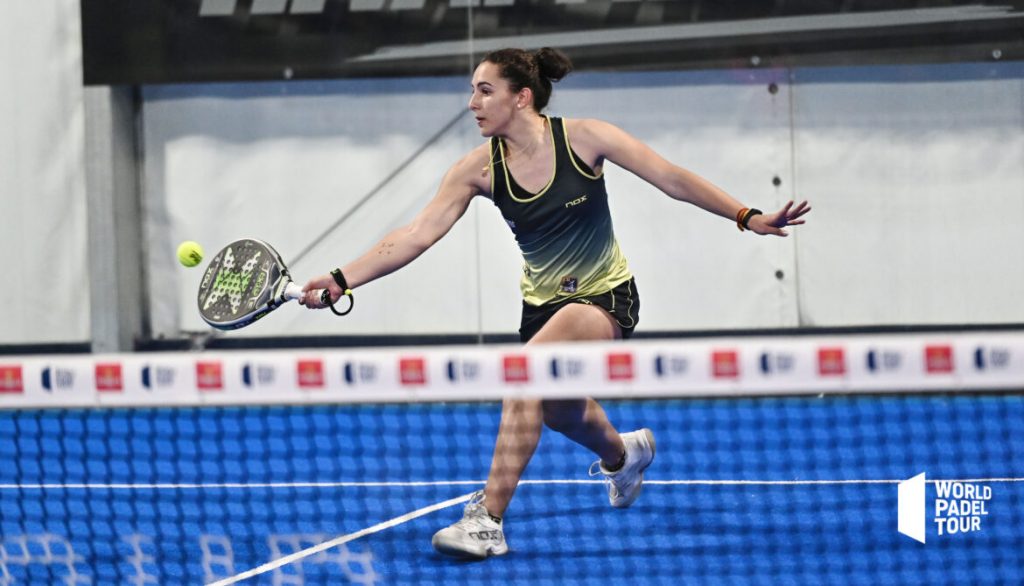































































































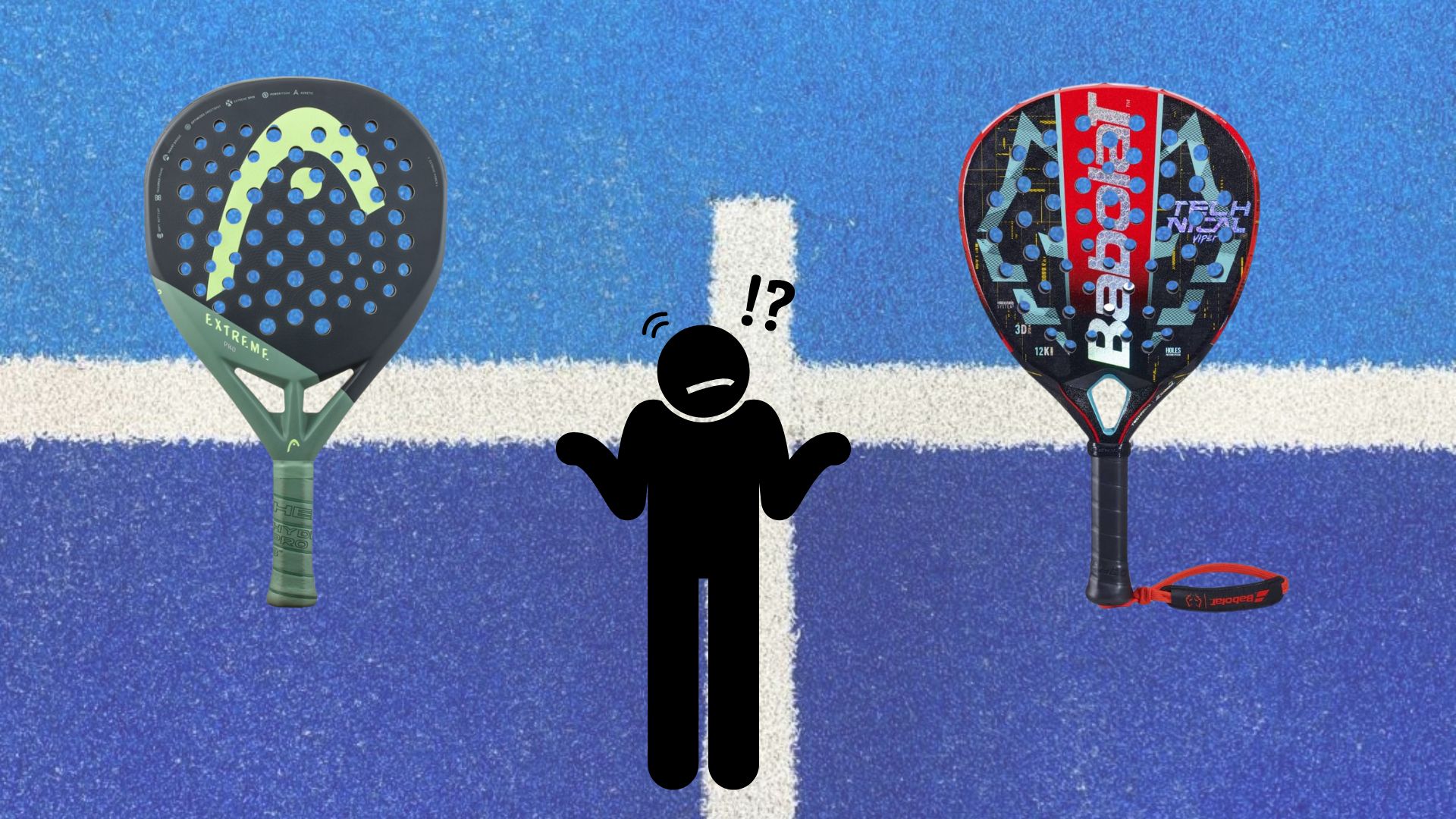 Which high-end racket to choose in 2024?
Which high-end racket to choose in 2024?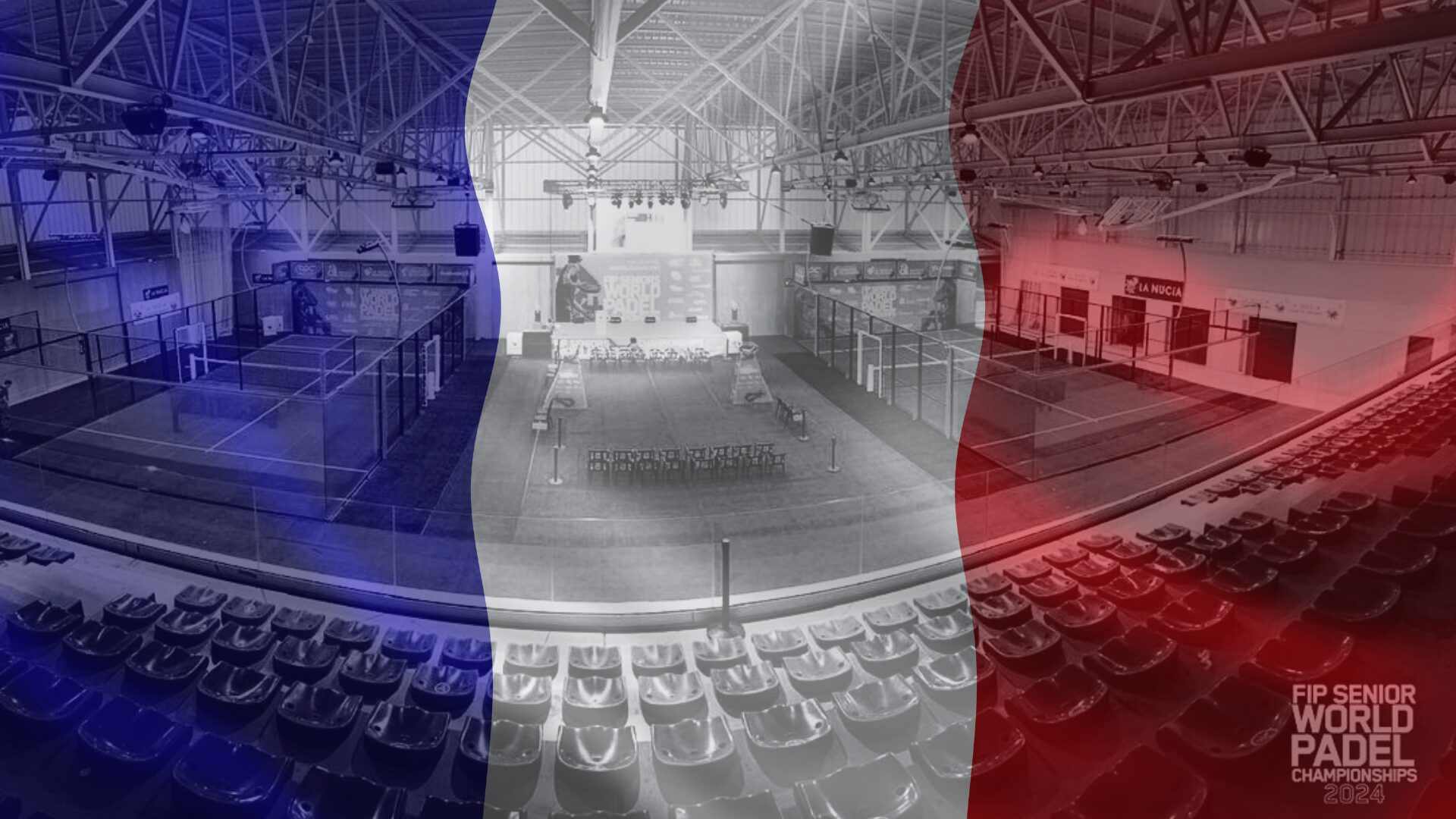 World Seniors Plus 2024 Open (M): five French pairs in the quarters!
World Seniors Plus 2024 Open (M): five French pairs in the quarters!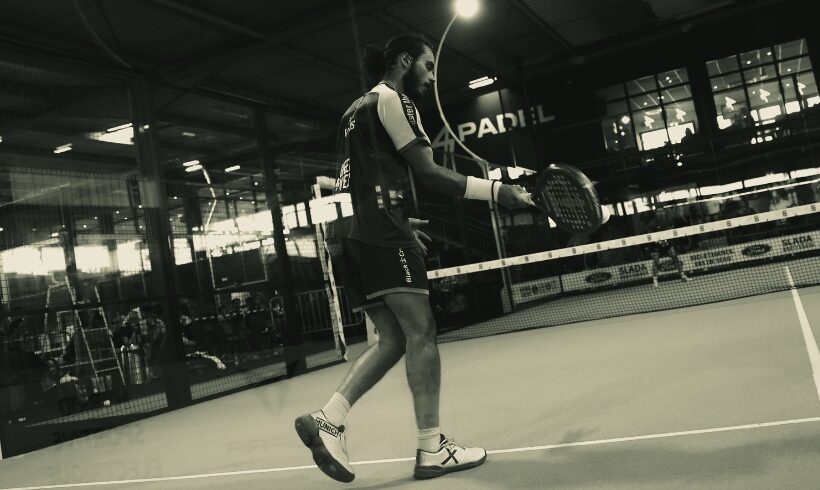 Manuel Vives: “It’s extremely difficult to get by financially”
Manuel Vives: “It’s extremely difficult to get by financially” 2024: a pivotal year for PadelShot
2024: a pivotal year for PadelShot And 4 for Frederick and Mehdy with network 4Padel !
And 4 for Frederick and Mehdy with network 4Padel !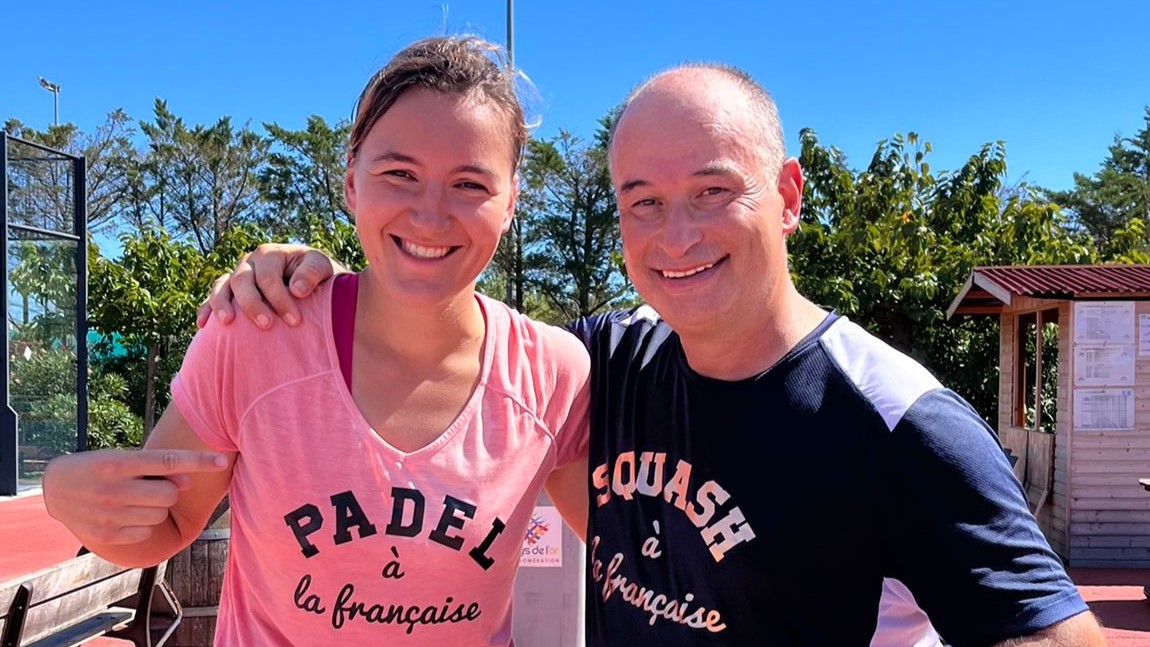 Benoît Letourneau (GM Squash & Padel): “Have a hundred young people in multi-snowshoes within three years”
Benoît Letourneau (GM Squash & Padel): “Have a hundred young people in multi-snowshoes within three years”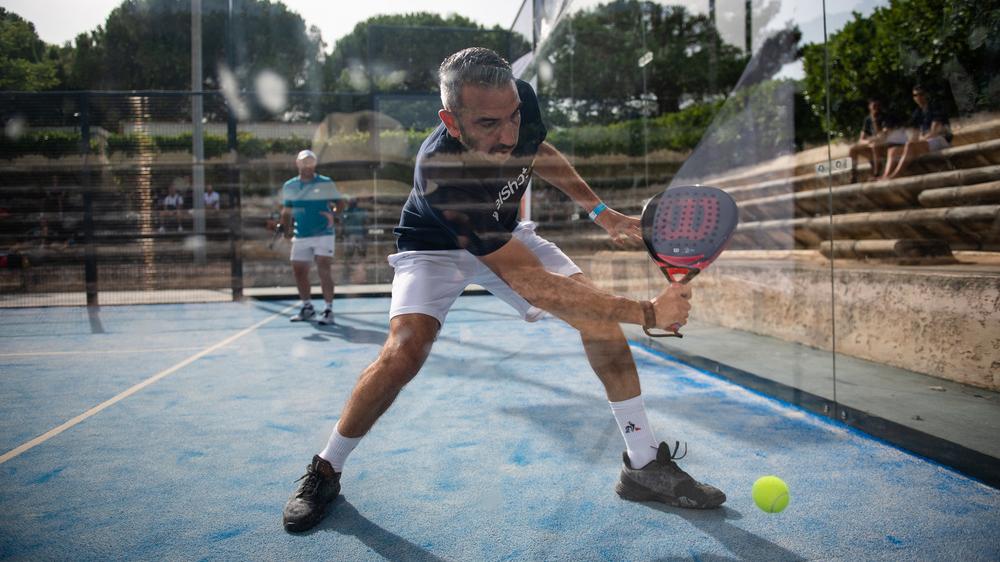 World Senior Plus – Simon Boissé: “Be in the first five places”
World Senior Plus – Simon Boissé: “Be in the first five places”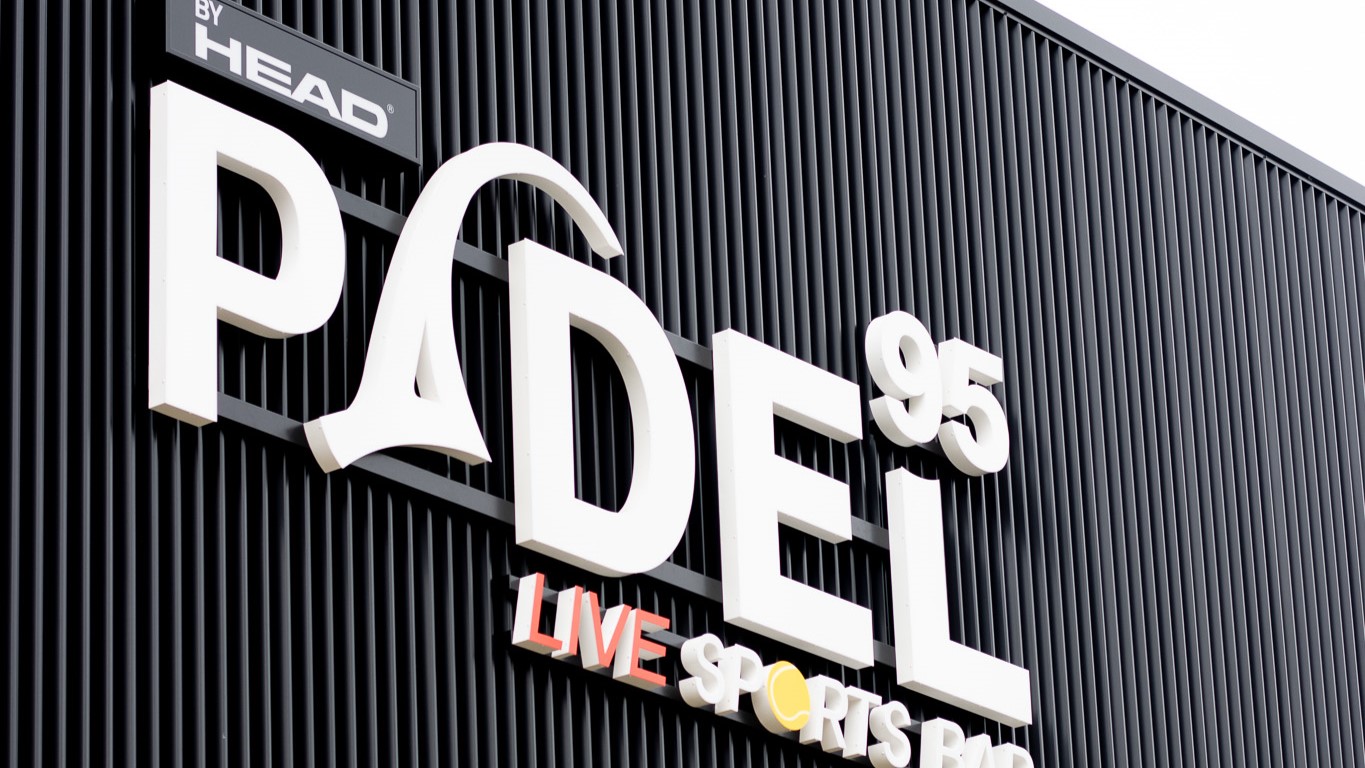 Padel 95: a brand new complex in Pontoise!
Padel 95: a brand new complex in Pontoise! World Seniors Plus 2024 Open (M): the French start very strong
World Seniors Plus 2024 Open (M): the French start very strong Lorena Rufo teams up with Bea Caldera
Lorena Rufo teams up with Bea Caldera The big progress of Thomas Vanbauce
The big progress of Thomas Vanbauce Play at padel on his yacht? Possible for €233.000!
Play at padel on his yacht? Possible for €233.000! TOP Padel : “A premium club with 10 slopes in Toulouse”
TOP Padel : “A premium club with 10 slopes in Toulouse” The padel of the Barrière Country Club are born in La Baule
The padel of the Barrière Country Club are born in La Baule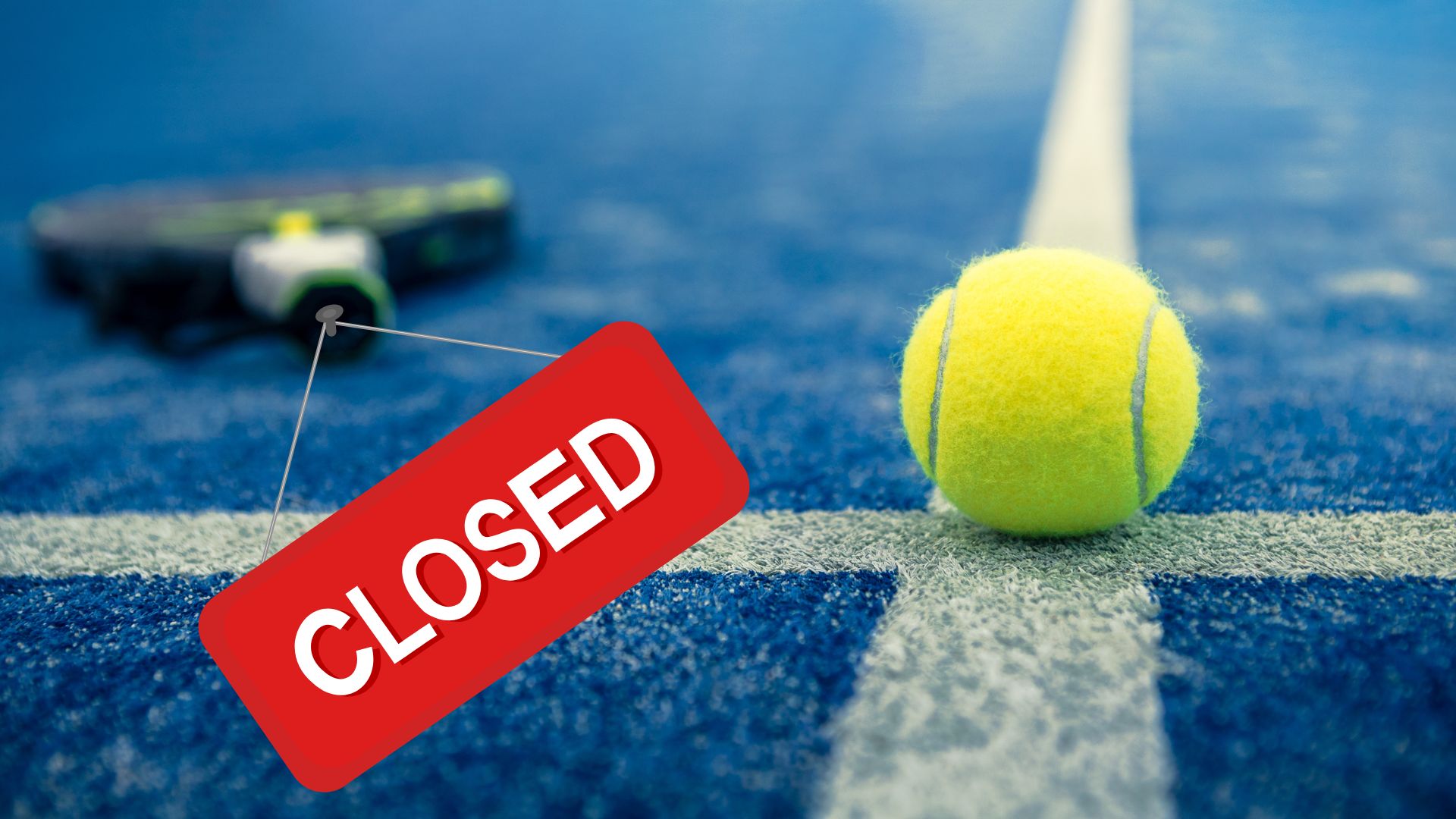 Why clubs padel do they close?
Why clubs padel do they close? At the heart of padel – Episode 24: Paul Daulan shares the evolution of his bandeja
At the heart of padel – Episode 24: Paul Daulan shares the evolution of his bandeja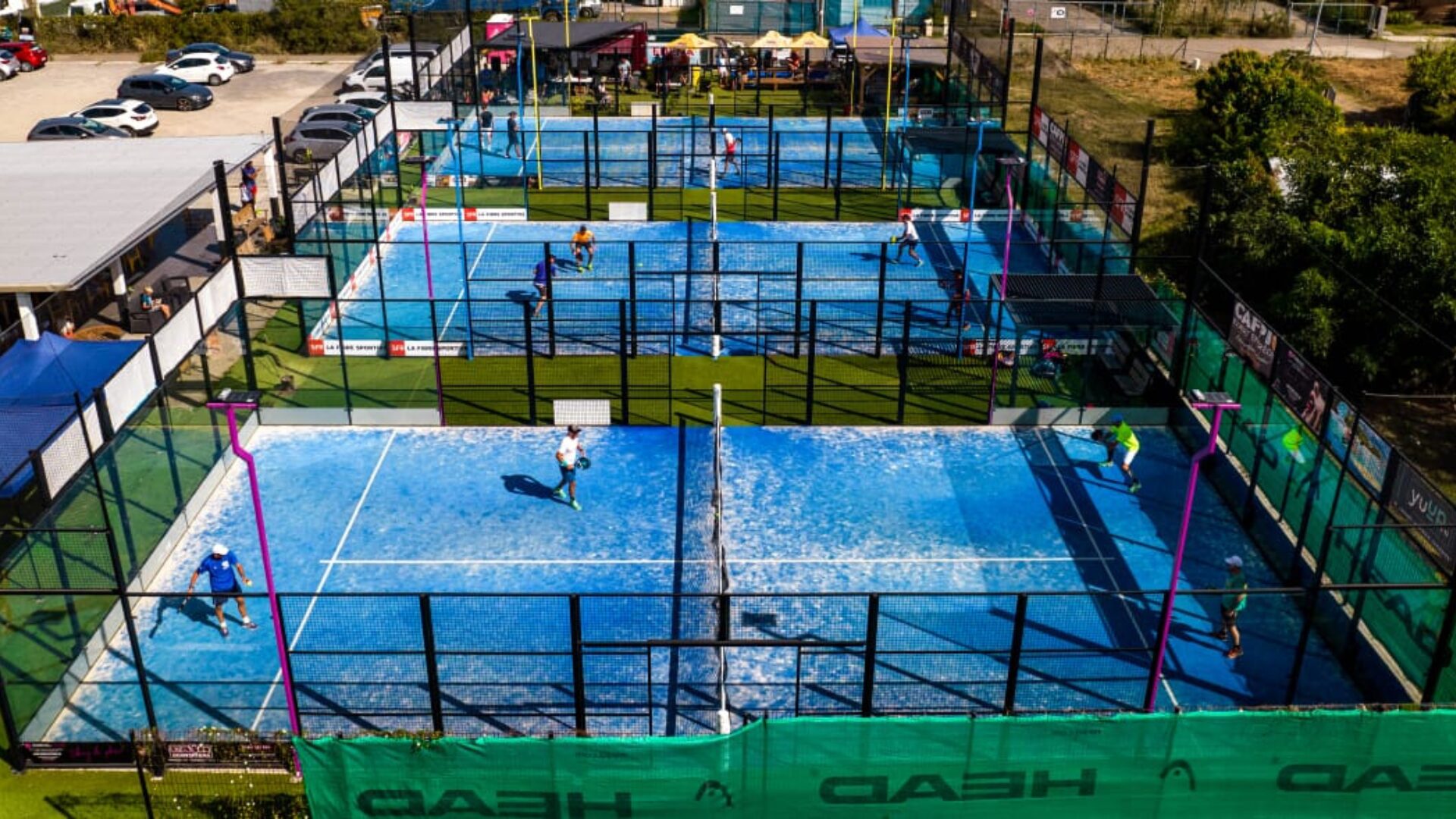 Why choose a track padel new?
Why choose a track padel new?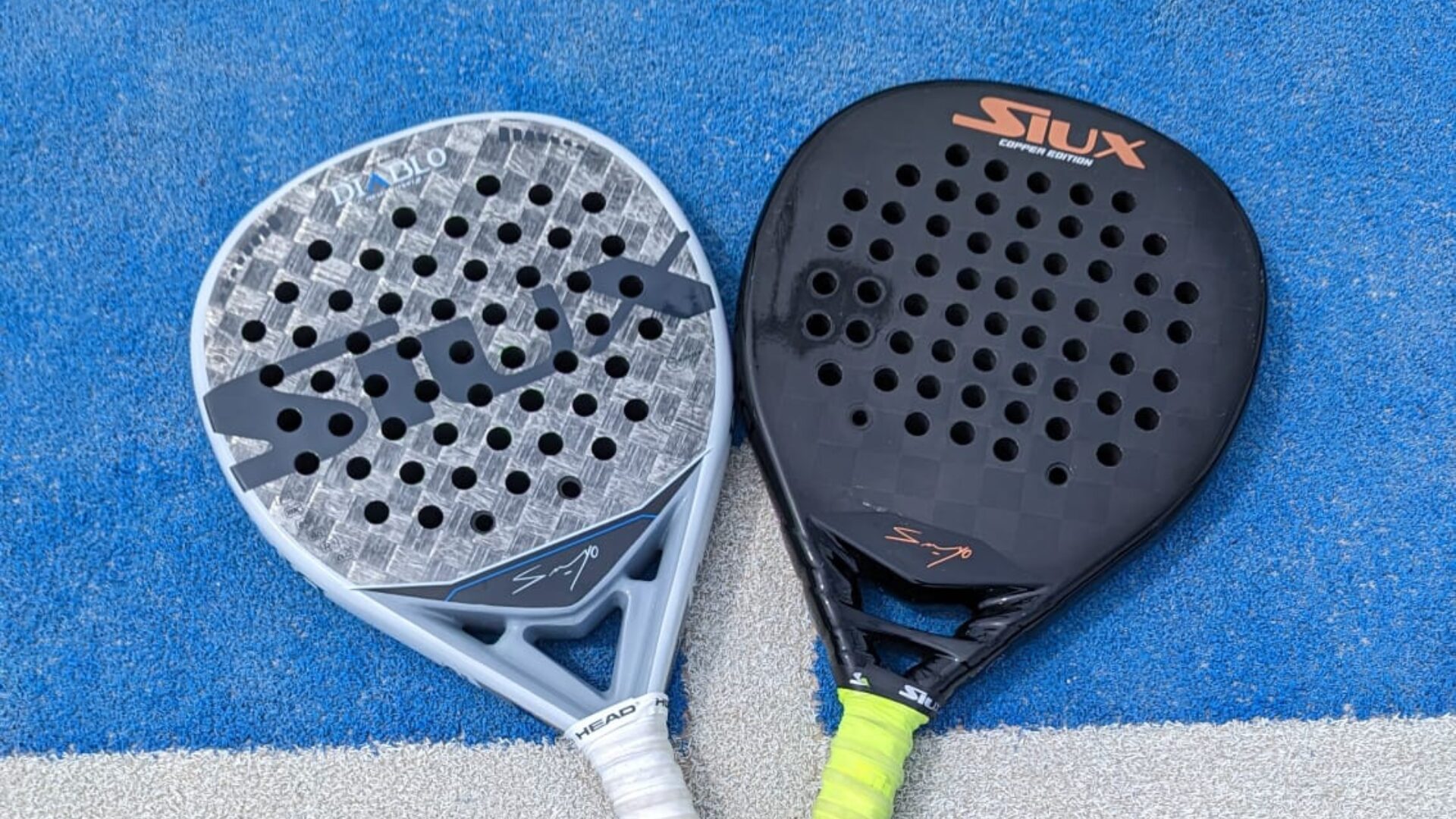 Do you know snowshoes? padel hybrids?
Do you know snowshoes? padel hybrids? At the heart of padel – Episode 23: defend the window well
At the heart of padel – Episode 23: defend the window well Prohibition on playing topless Padel : the reasons
Prohibition on playing topless Padel : the reasons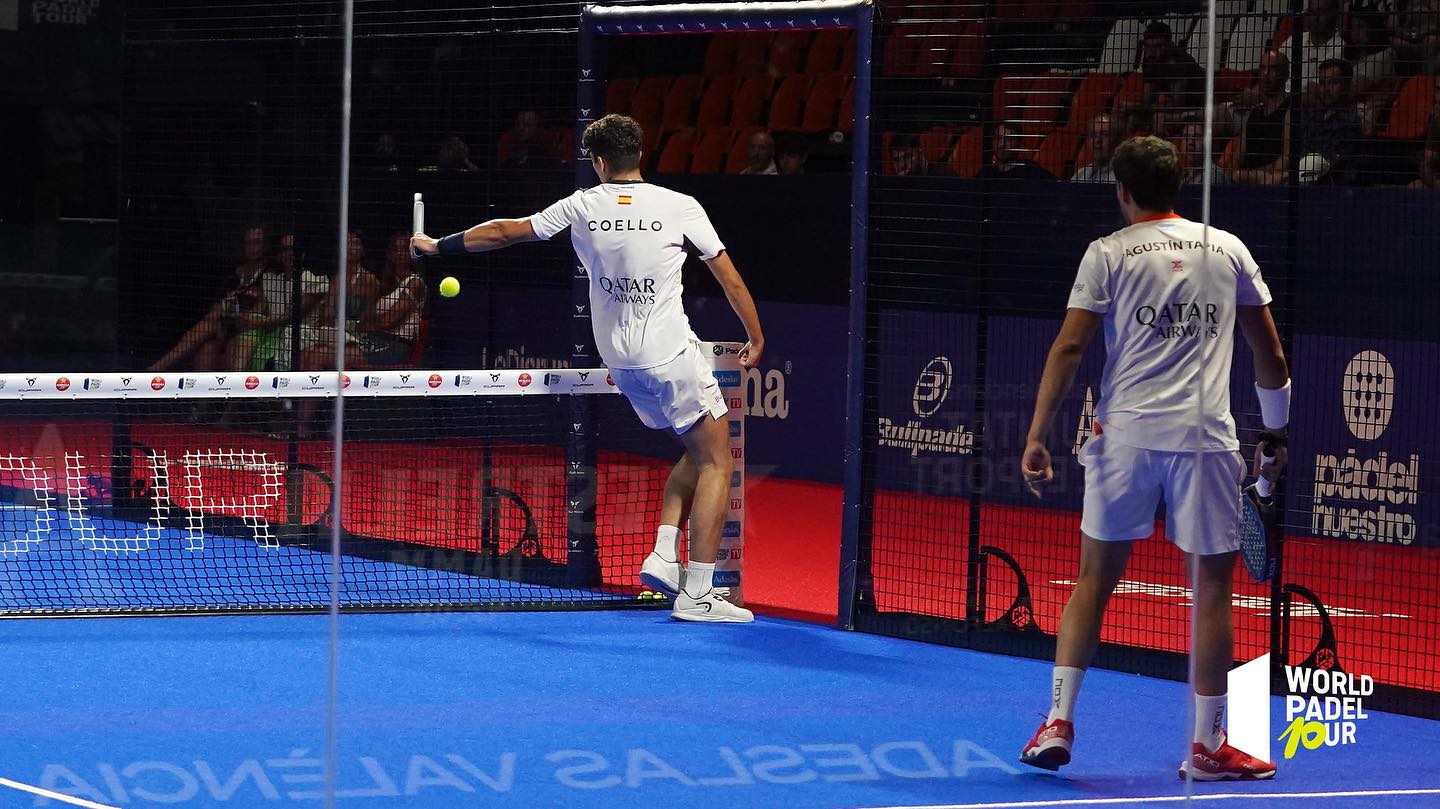 What is the difference between a dormilona, a dejada and a cushioned puerta?
What is the difference between a dormilona, a dejada and a cushioned puerta? FIP Tour – Going far from Europe, THE strategy to earn points!
FIP Tour – Going far from Europe, THE strategy to earn points! What is a good football player? padel ?
What is a good football player? padel ? “Lefties give me headaches when I play against them!”
“Lefties give me headaches when I play against them!” At the heart of padel – Episode 14: how to earn points in winter?
At the heart of padel – Episode 14: how to earn points in winter?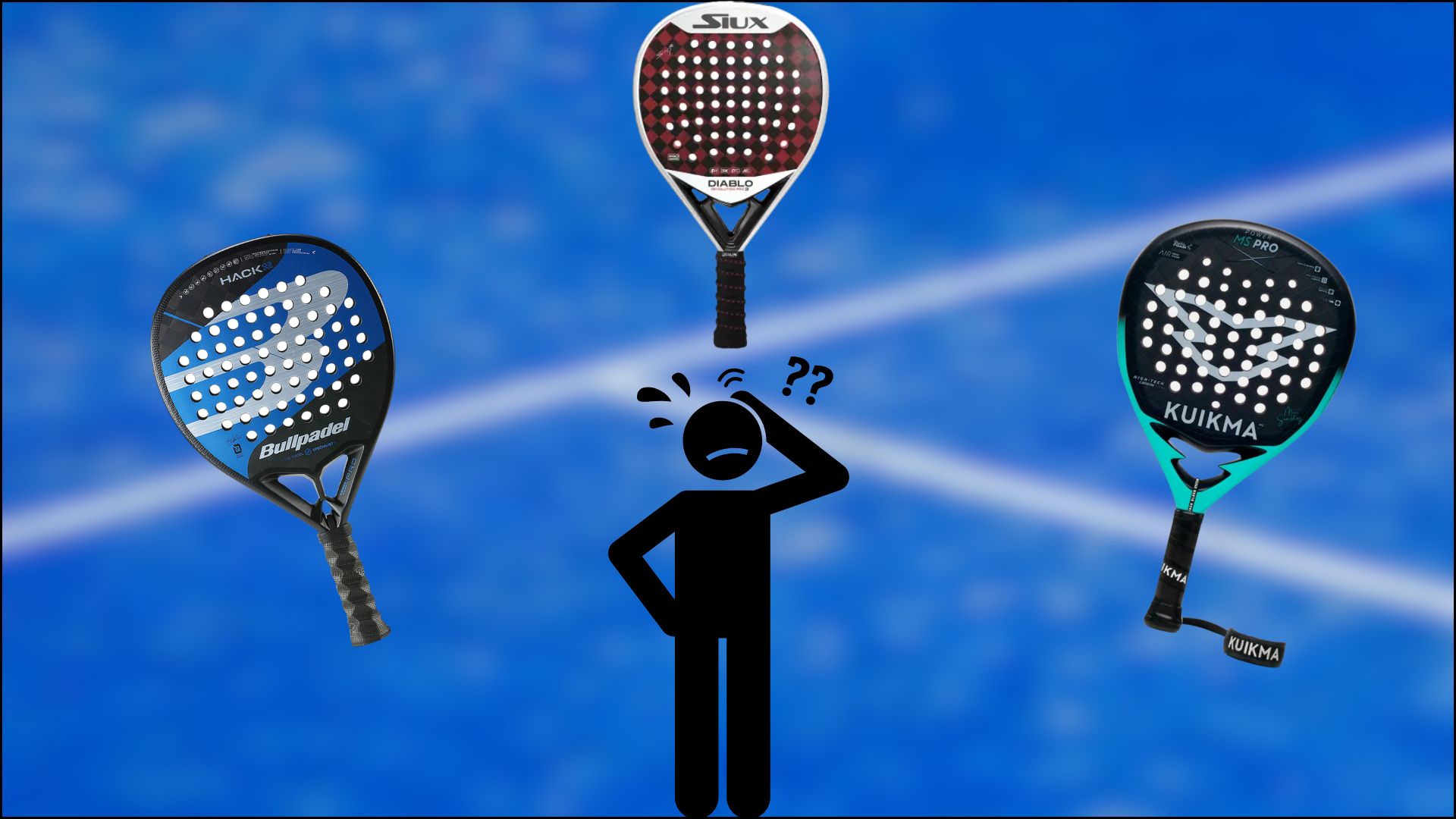 Choose your racquet padel in 3 steps
Choose your racquet padel in 3 steps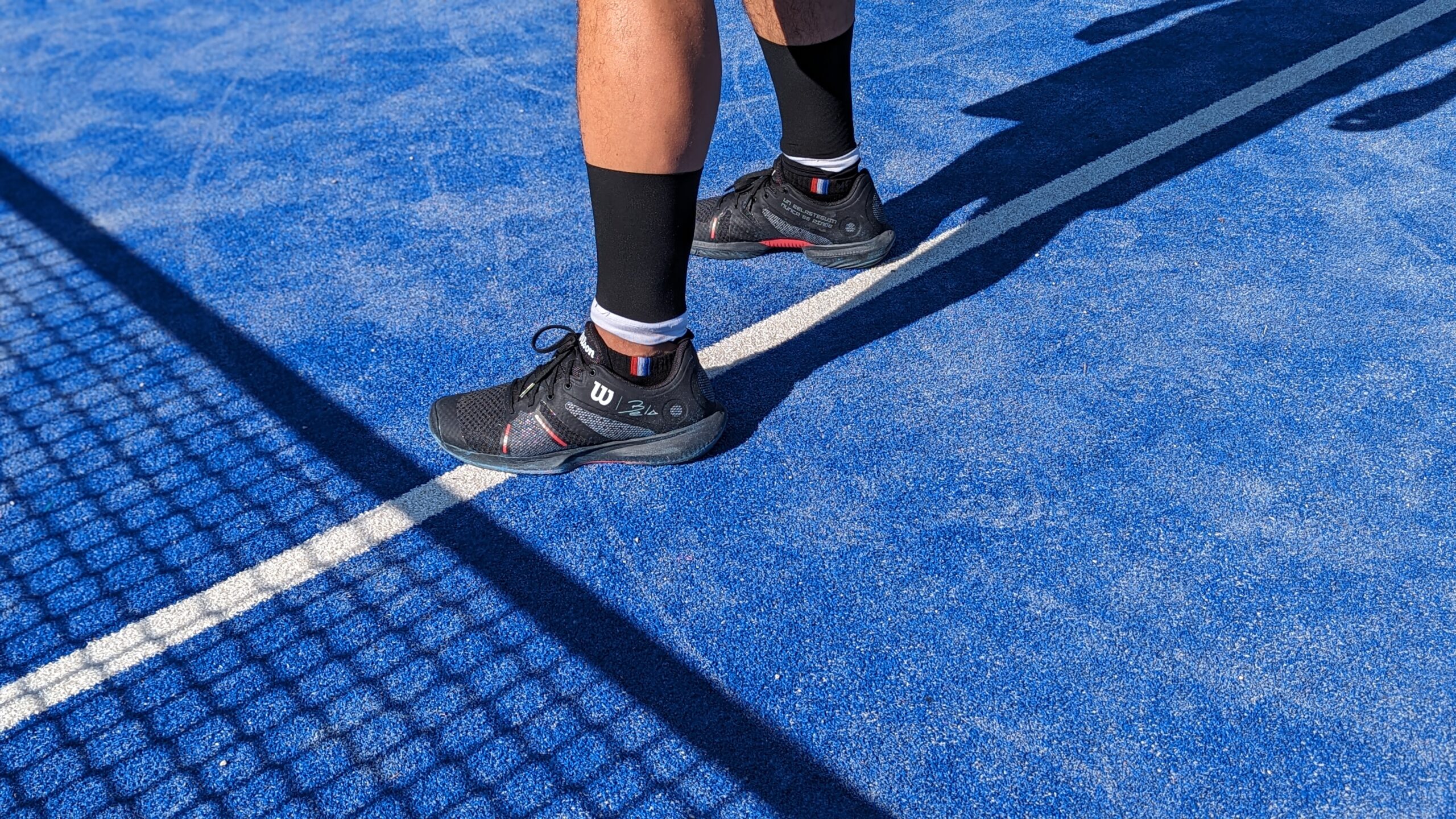 Practical guide to determining your ideal shoe size padel
Practical guide to determining your ideal shoe size padel La padel to fight Parkinson's disease
La padel to fight Parkinson's disease Don't play with a cracked or broken racket, your body will thank you!
Don't play with a cracked or broken racket, your body will thank you! Michel Cymes: “The padel, physically, it’s serious!”
Michel Cymes: “The padel, physically, it’s serious!” Jeremy Gala: “Promote the padel among young people in Belgium remains a challenge”
Jeremy Gala: “Promote the padel among young people in Belgium remains a challenge” The French Touch Academy organizes its selection day Padel-Study
The French Touch Academy organizes its selection day Padel-Study Report on the detection and training of younger generations
Report on the detection and training of younger generations Player's adult courses from April 8 to 21, 2024!
Player's adult courses from April 8 to 21, 2024!